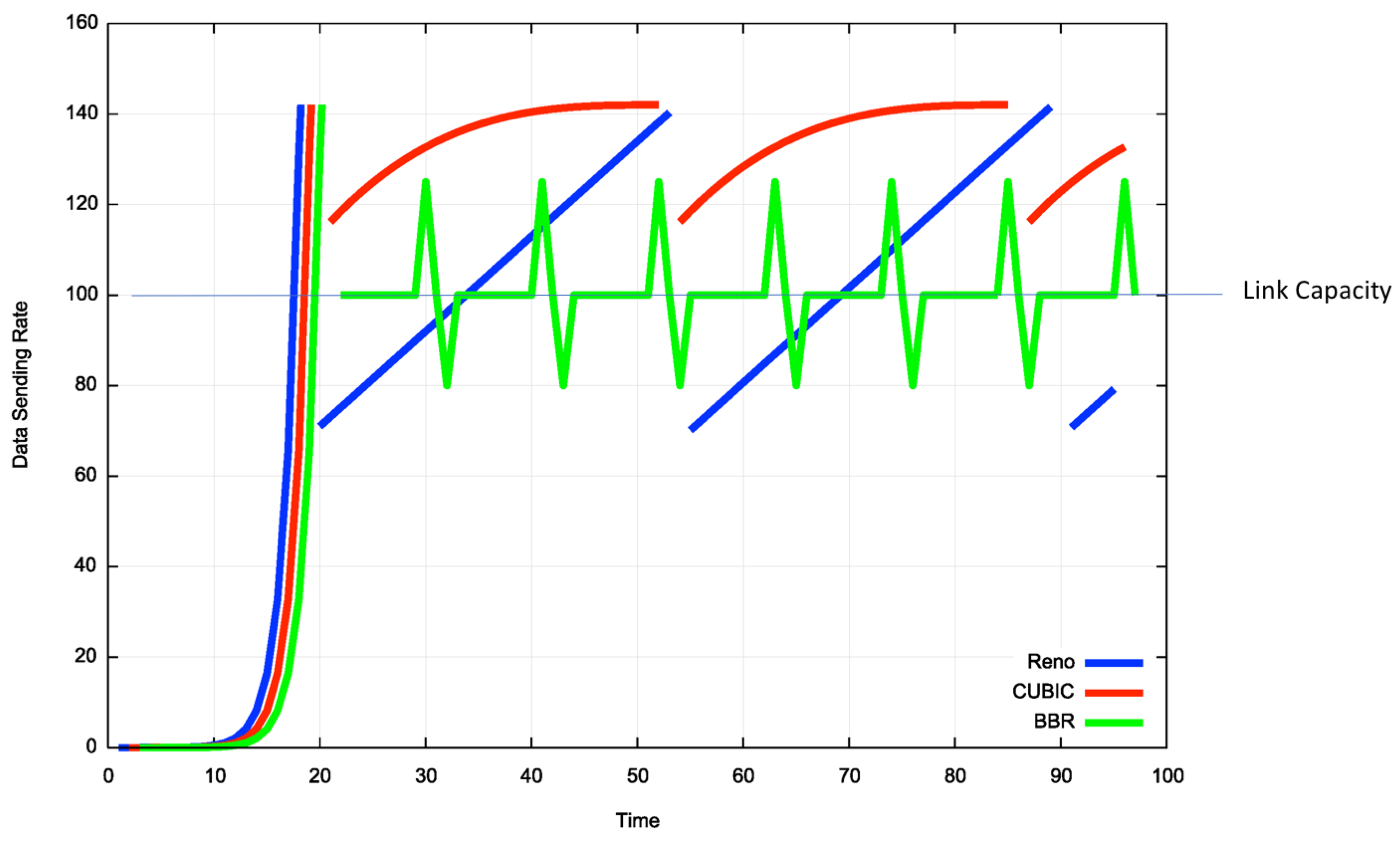
DNS Based Content Filtering on MikroTik networks
It's crucial for businesses and individuals to prioritize the protection of their networks. One powerful method to achieve this is by implementing DNS-based content filtering on MikroTik routers. This blog article will delve into the benefits of using DNS-based content filtering, address the challenges faced by providers due to DNS over HTTPS (DoH) and DNS over TLS (DoT), and highlight MikroCloud's success in overcoming these challenges.




